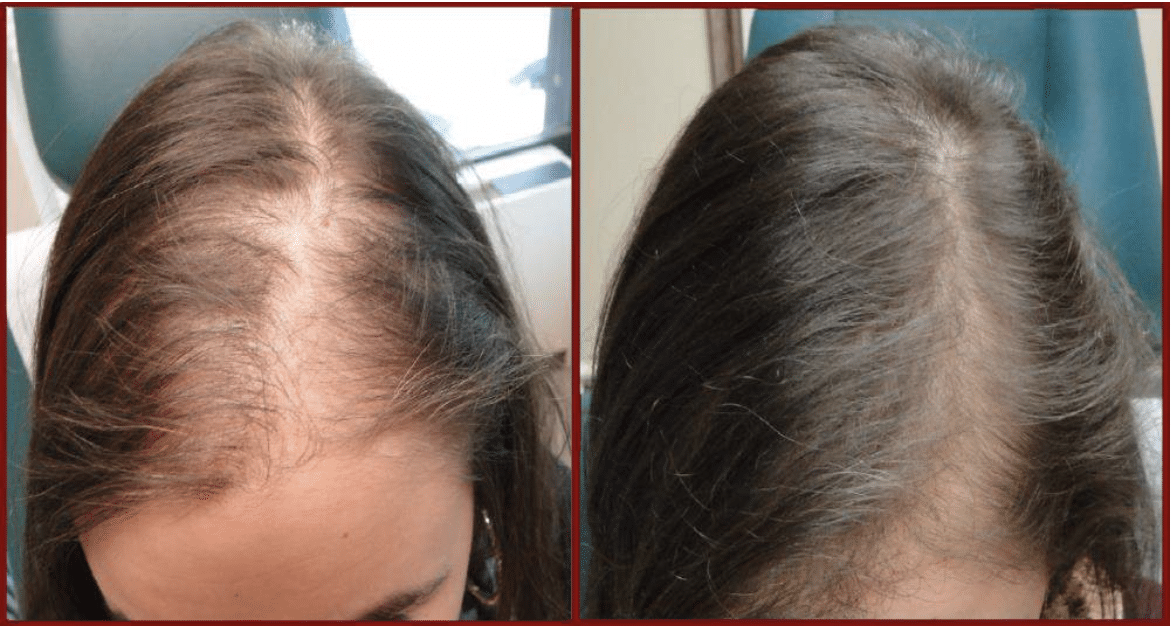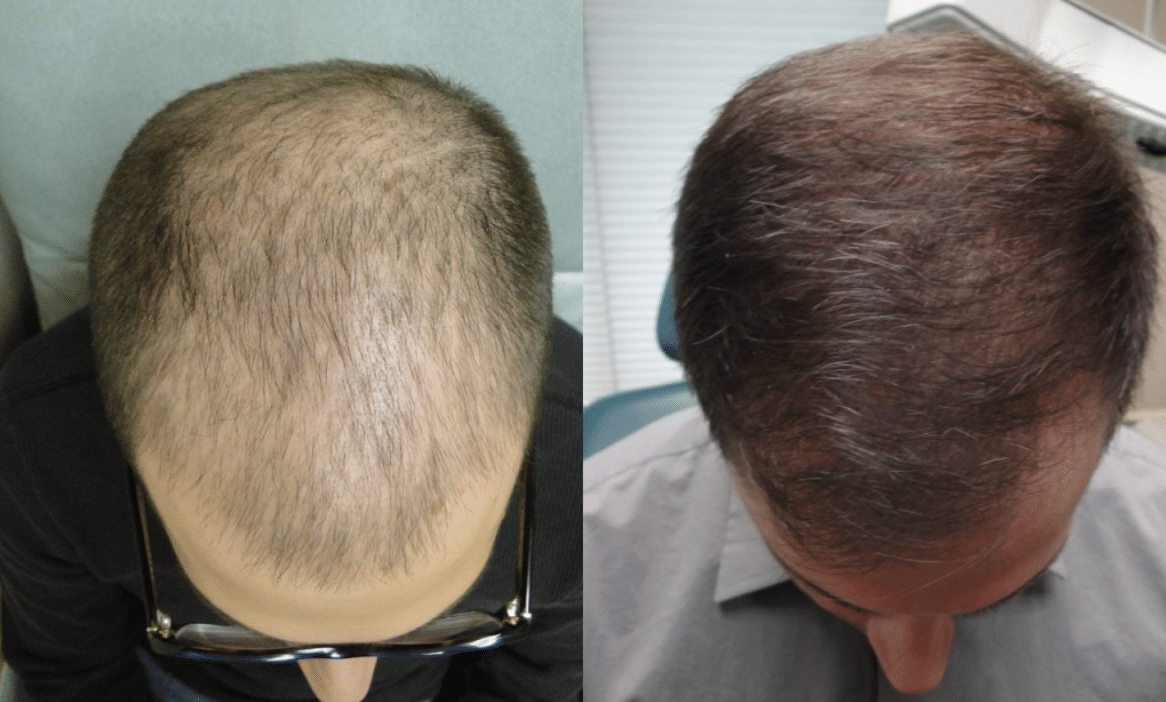PRP For Hair Growth
Is your hair thinning? PRP is a new, state-of-the-art medical treatment for hair loss designed for both men and women. One of the hottest trends in hair restoration is using platelet rich plasma (PRP) to grow hair, increase density and enhance scalp coverage.
PRP utilizes your body’s ability to heal and regenerate to encourage hair growth at a cellular level. If the hair follicles and hair matrix are healthy, the growth of the hair is healthy. Growth factors present in PRP are a safe and natural option for hair restoration.
Platelet-rich plasma therapy has been used for years to facilitate wound regeneration in sports medicine, orthopedics, and oral surgery. PRP has recently been found to promote hair regeneration. PRP hair treatment can be used for alopecia due to a variety of causes, not just male pattern baldness.
How Does the PRP Treatment Work?
PRP hair restoration is an in-office treatment that lasts about 30-45 minutes and typically requires no significant downtime. PRP is created by drawing a small amount of blood from your arm or hand, taking little as 5 mLs or as much as 22 mLs of blood depending on the area of treatment.
In comparison, a typical donation to the Red Cross represents about 300-500 mLs of blood. The blood is collected and placed in a sterile, FDA-approved container designed to process out the platelets and growth factors.
The blood samples are placed into a centrifuge and spun at high speed until they separate into three layers based on density: platelet poor plasma (PPP), platelet-rich plasma (PRP), and red blood cells (RBCs). PRP is isolated from the other components and prepared for injection.
Because PRP comes from your body, there is no need for blood typing. Dr. Pfau then injects the PRP into the scalp where thinning has occurred. Typically, a couple of dozen injections are required in order to distribute the PRP throughout the frontal, temporal, and occipital regions. For some patients, these injections may be uncomfortable.
We use scalp cryocooling to minimize the discomfort caused by the injections by numbing the area. Many of our patients ask if it would be easier to lay the PRP on the surface of the skin and avoid the injections. The topical application of PRP has been shown to improve healing after micro needling and CO2 laser treatments. Often times we will combine both therapies.
Topical PRP may be successful in hair regeneration but injecting PRP beneath the skin allows a greater concentration of plasma to reach the hair follicles. The hair matrix lays in the deepest layer of the skin, just above the subcuticular fat, and topical application of PRP may not penetrate this deep.
PRP For Hair Loss Before and After


